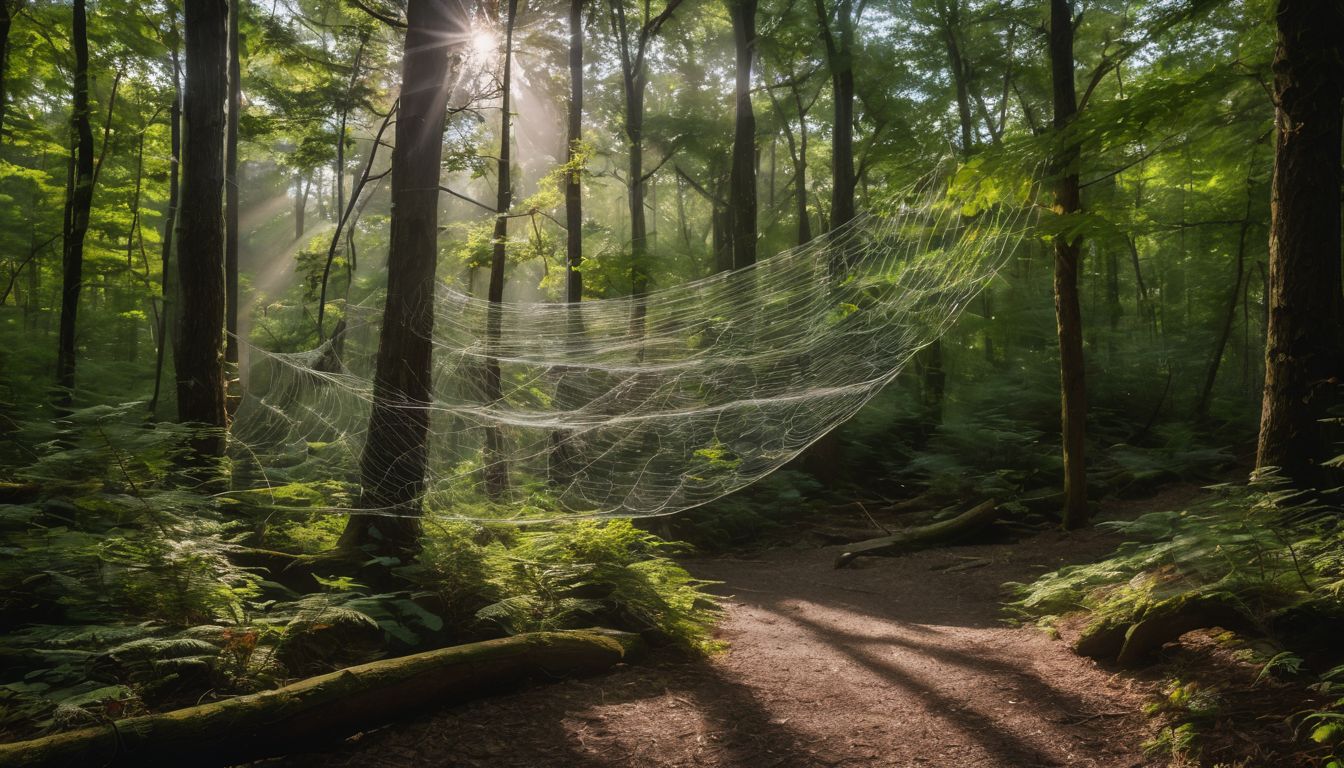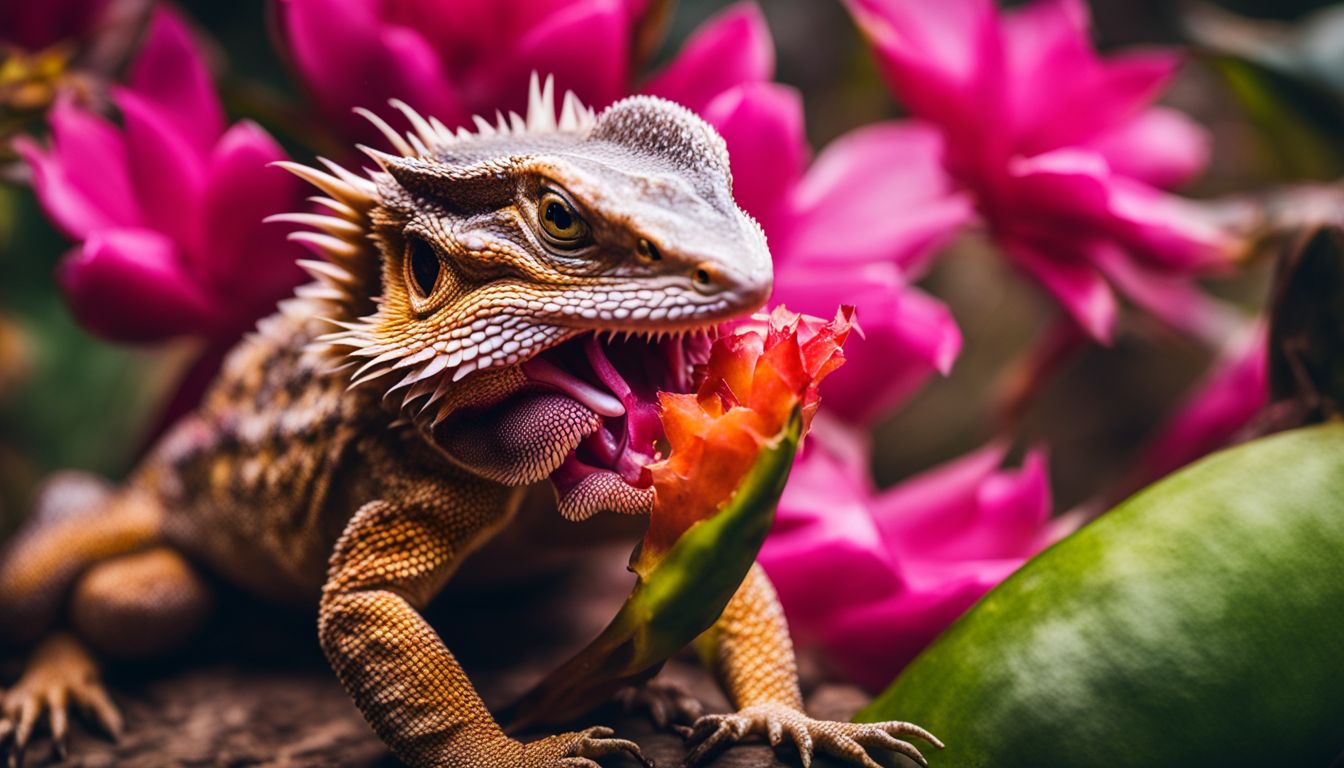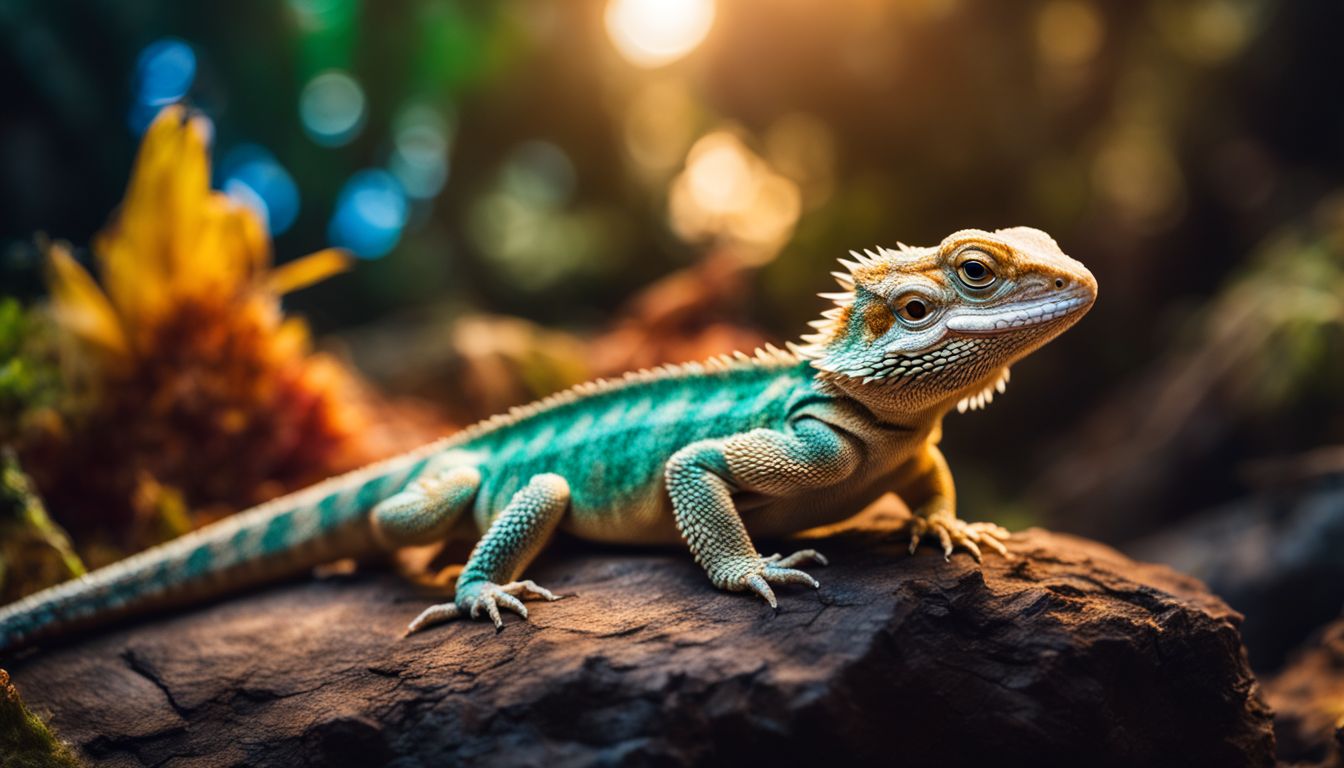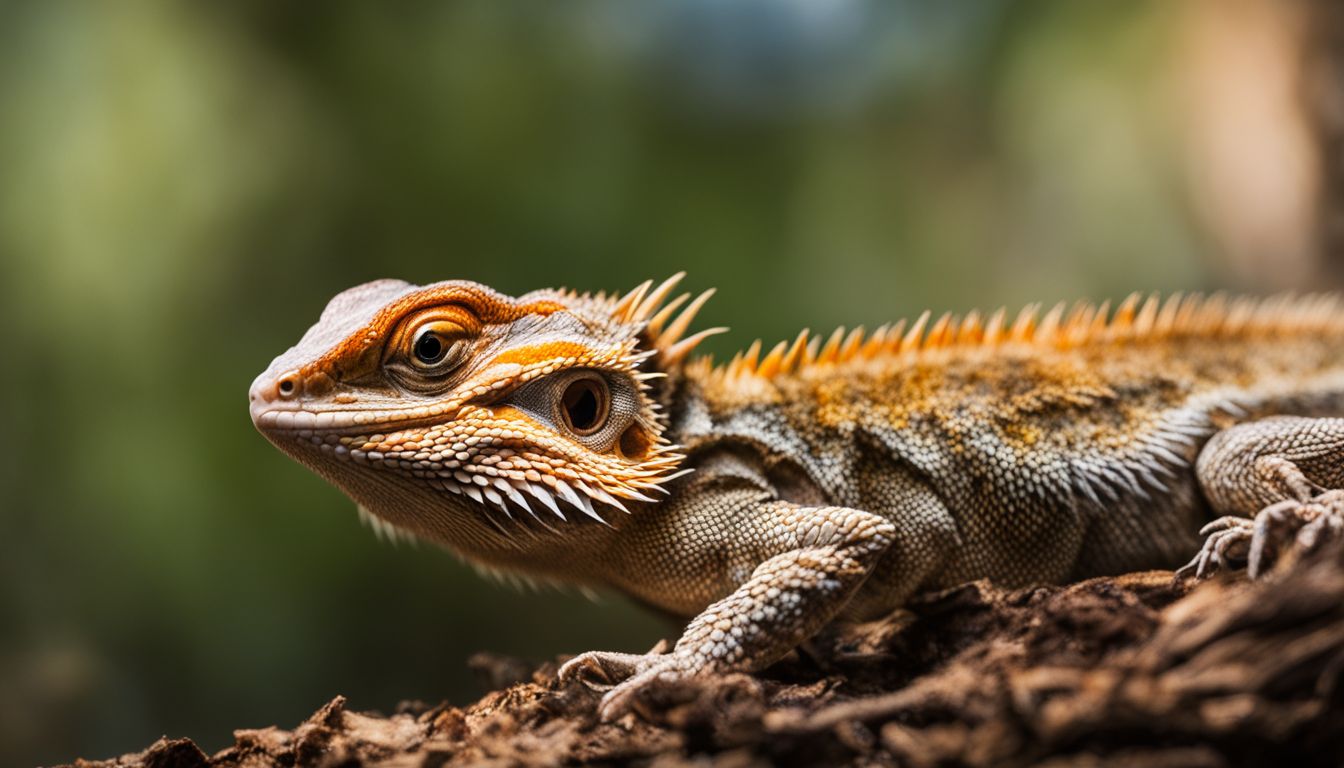Are you worried about brown recluse spiders in Pennsylvania? Despite popular belief, these stealthy arachnids aren’t native to the Keystone State. Our guide will debunk myths and ease your concerns by exploring where brown recluses really dwell and how to identify local venomous spiders.
Stay tuned for clear, helpful facts!
Key Takeaways
- Brown recluse spiders are not native to Pennsylvania and their presence in the state is rare.
- There are other venomous spiders in Pennsylvania, such as the Southern Black Widow, whose bite can cause severe pain and muscle cramps.
- It’s important to be able to recognize brown recluses and other venomous spiders in order to take necessary precautions when dealing with them.
- Taking preventative measures such as keeping homes clean and clutter – free can help minimize encounters with spiders.
Exploring the Myth: Are Brown Recluse Spiders in PA?
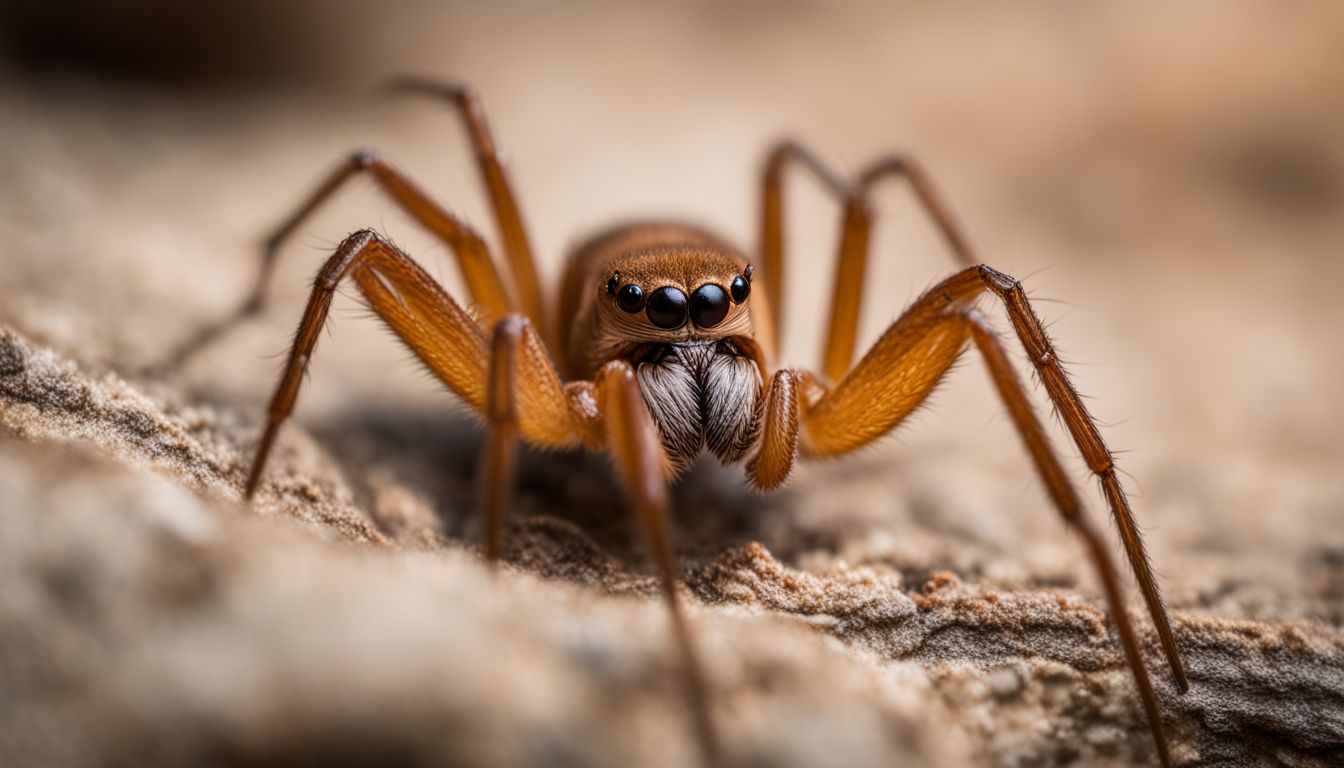
Despite popular belief, the presence of brown recluse spiders in Pennsylvania is often misunderstood. In this section, we will delve into the habitat of the brown recluse and address common misconceptions about their presence in PA.
Understanding the Brown Recluse’s Habitat
The brown recluse spider likes quiet, dark places to hide during the day. It comes out at night to hunt for food. You can find them in undisturbed spots like closets, basements, and even behind furniture.
They don’t roam around much if they don’t have to. In Pennsylvania, these spiders usually stay inside buildings because it’s not their natural home.
Next, let’s look at how people often think other spiders are the brown recluse when they’re not.
Common Misidentifications
Knowing where brown recluses like to live helps us spot them. But, many times people mix up other spiders with brown recluses. This can make folks worry more than they need to. Some spiders have a look that is close to the brown recluse’s but are not harmful at all.
For example, wolf spiders and common house spiders might scare someone because they don’t know what kind of spider it is.
People often think they got bit by a brown recluse when it could be something else. Most times, what some think is a “brown recluse bite” turns out to be from mites or even skin problems.
It’s easy to blame spiders for bites and bumps on our skin. Yet, doctors find that these marks come from different causes most of the time. This confusion happens a lot and leads people to wrongly fear these eight-legged creatures.
Identifying Pennsylvania’s Venomous Spiders
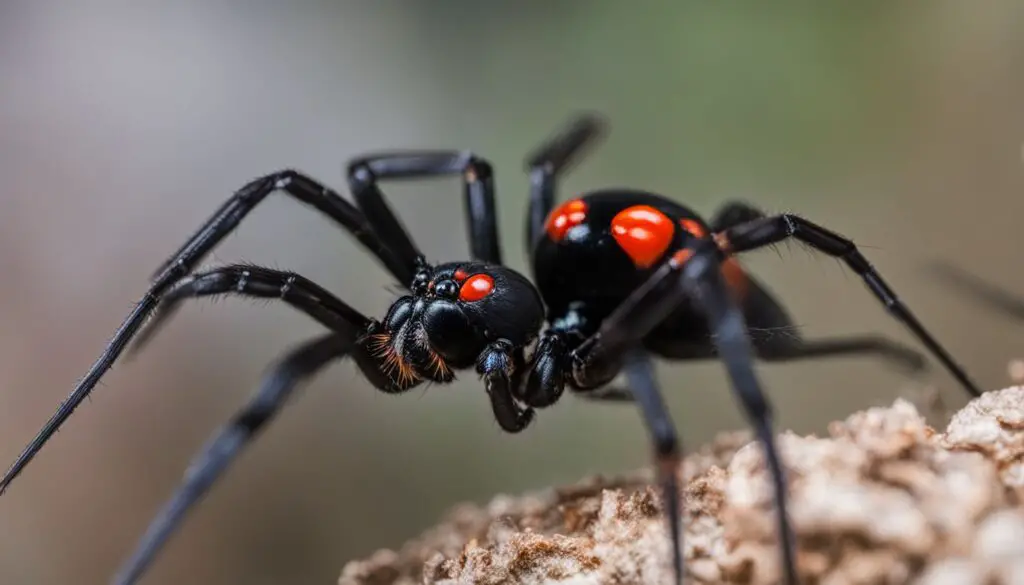
Pennsylvania is home to several venomous spiders, including the Southern Black Widow and other notable species. It’s important to be able to recognize these spiders in order to avoid potential encounters and bites.
Southern Black Widow
The Southern Black Widow spider is a creature you might find in Pennsylvania. This spider has shiny black skin with a red hourglass mark on its belly. It’s known for being the most venomous spider around here, but don’t worry too much—its bite is not often deadly.
Female Black Widows are the ones to watch out for because they’re the ones with that strong neurotoxic venom. If you see one, it’s best to admire her from far away and leave her be.
She likes quiet places like woodpiles and dark corners of basements or garages. Remember, they’re more scared of us than we are of them!
Other Notable Venomous Spiders
While the black widow and brown recluse are the most concerning, there are other venomous spiders in Pennsylvania. Here are some to be aware of:
- The Southern Black Widow: Known for its red hourglass shape on its abdomen, this spider’s bite can cause severe pain and muscle cramps. It is important to seek medical attention if bitten by one.
- Wolf Spiders: These spiders are large and agile hunters, their bites can be painful but are not usually dangerous to humans unless they have an allergy to their venom.
- Sac Spiders: They usually stay outdoors but can sometimes find their way indoors. Their bites may cause pain, redness, and swelling.
Recognizing a Brown Recluse Spider
The distinctive features of the Brown Recluse spider include a violin-shaped marking on its cephalothorax and six eyes arranged in pairs. While rare, the presence of Brown Recluses in Pennsylvania cannot be ruled out completely, so it’s important to be familiar with their appearance for potential encounters.
Distinctive Features of the Brown Recluse
The brown recluse spider is around the size of a penny, with long legs that are not hairy and lack spines. Unlike most spiders, they only have six eyes arranged in pairs instead of eight.
One of their defining features is a dark violin-shaped marking on their back, which is why they’re also known as fiddleback spiders. It’s important to note that while brown recluse spiders are not native to Pennsylvania, they can still be found in various locations, emphasizing the need for accurate identification to ensure safety.
The Reality of Brown Recluse Presence in PA
Though the brown recluse spider is infamous, its presence in Pennsylvania is not as widespread as believed. Studies have shown that many reported brown recluse bites are misdiagnosed, leading to misconceptions about their prevalence.
Despite fears, the spiders’ presence in Pennsylvania isn’t as common as perceived, with only sporadic reports and specific locales experiencing infestations.
The reality is that while brown recluse spiders remain a concern due to their venomous bite, they do not pose a widespread threat in Pennsylvania. Being aware of their habits and characteristics can help residents distinguish fact from myth when it comes to the actual presence of these spiders in the state.
Health Implications of Spider Bites
If bitten by a brown recluse spider, symptoms may include redness, swelling, and severe pain at the bite site. It is important to seek medical attention if you suspect a spider bite, as some spider venom can have serious health implications.
Symptoms of a Brown Recluse Bite
Symptoms of a brown recluse spider bite can include:
- Chills and fever may occur, leading to general discomfort.
- The bite area may become reddish or purplish with sweating.
- Itching and a blister at the bite site could develop, accompanied by nausea.
- Victims might experience convulsions and notice a skin rash with tiny purple and red spots all over the body.
- Joint pain is another long-term effect that can follow a brown recluse spider bite.
When to Seek Medical Attention
If you experience any of these symptoms after a suspected brown recluse spider bite, seek medical attention immediately:
Preventing Unwanted Spider Encounters
Keep your home clean and clutter-free to reduce hiding spots for spiders. Seal cracks and crevices around windows, doors, and walls to prevent spiders from entering your home. Regularly clean and vacuum areas where spiders are commonly found to discourage them from nesting.
Practical Tips for Spider Prevention in the Home
To prevent spiders in your home, follow these practical tips:
- Regularly treat spider hotspots around exterior light fixtures and soffits to control insects that attract spiders. This helps prevent infestations.
- Store food properly in sealed containers to avoid attracting spiders and other insects into your home.
- Patch up cracks and holes leading from the outside to prevent spiders from finding their way inside your home.
- Be cautious when reaching under stones, logs, or firewood as these are common hiding spots for spiders.
- Use natural remedies like essential oils mixed with water to spray in areas where spiders are likely to be found, deterring them from coming close.
- Keep the home clean and clutter – free as this eliminates potential hiding places for spiders and reduces their attraction to the area.
- Install screens on windows and doors to keep spiders from entering your home easily.
The Lifecycle of Spiders and Misconceptions
Spiders go through a lifecycle consisting of egg, spiderling, juvenile, and adult stages. Most spiders lay eggs in silk sacs that they guard until hatching. The misconceptions about brown recluse spiders often involve misidentifying harmless species as brown recluses due to similar appearances.
People should be aware of the distinctive features of brown recluses to avoid unnecessary fear.
Understanding the lifecycles of different spider species can help in identifying them accurately and dispelling myths related to their behavior. Next, let’s delve into how to identify venomous spiders found in Pennsylvania.
Conclusion
In conclusion, brown recluse spiders are not native to Pennsylvania. While black widows are found in the state, they are usually outdoors. The brown recluse spider is more common in the Midwest and southern states.
It’s important for Pennsylvanians to be aware but not overly alarmed about the presence of these spiders. Understanding their habits and taking preventive measures can help minimize any potential encounters with them.
To further explore the intriguing behaviors of spiders, learn about whether they die after giving birth by visiting our detailed article “Do Spiders Die After Giving Birth?“.
FAQs
1. Are brown recluse spiders found in Pennsylvania?
Brown recluse spiders are not common in Pennsylvania. Instead, you may find other spiders like daddy long legs, hunting spiders, or cellar spiders.
2. What should I do if I think there’s a brown recluse spider in my house?
If you think you have spotted a brown recluse spider, call pest control to check it out. They can tell if it’s really a brown recluse and take care of it safely.
3. Can brown recluse spider bites be serious?
Yes, bites from a brown recluse can be bad because they have strong venom that may hurt your skin. If bitten, go to the doctor fast.
4. What is different about the way brown recluses look compared to other spiders?
The biggest thing is that they have six eyes instead of eight and markings on their back shaped like a violin.
5. How can I keep spiders out of my home?
Keep your place clean and use caulk to seal cracks where they might crawl inside. Exterminators say this helps stop many types of pests including cockroaches and flies too!
6 .What kind of places do these spiders like to hide in?
These creepy-crawlies love quiet spots like attic corners or storage boxes; basically anywhere they won’t be bothered while waiting for food!

